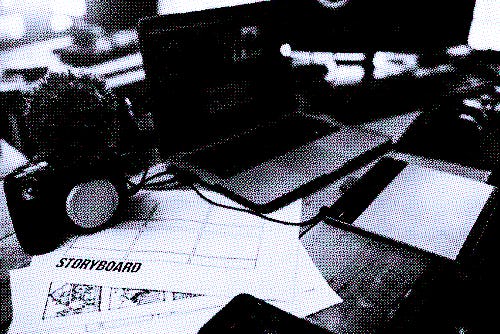It turns out the creator economy is just the rich getting richer
Income inequality is alive and well on platforms like Twitch and Substack.

The great promise of the creator economy was the ability for creatives to eschew traditional gatekeepers and produce content with direct support from their audience. While some of that has come true, the creator economy has also produced many of the same ills as the broader market, with the rich getting richer and the divide between top earners and the rest of us growing wider.
On most major platforms, the money funnels to the tippy top. On Twitch, the streaming site for gamers, more than half of all revenue generated goes to just the top 1% of earners, according to a report from The Wall Street Journal. Data about Twitch earnings became available because of a hack, and it revealed a struggling underclass of creators; just 5% of streamers on Twitch have even made over $1,000 in the past year. Three-quarters of Twitch streamers have made less than $128, and more than half have earned less than $28 — so low that they can’t even get paid, as Twitch requires $100 for a payout.
It isn’t just Twitch. According to Axios, a whopping 99% of all podcast downloads are for the top 1% of podcasters. Because most podcasts earn revenue through advertising, that means most creators don’t have much opportunity to earn, because all the attention — and, in turn, all the revenue — goes to the top. On Substack, the newsletter platform that has become synonymous with outrage merchants and “cancel culture” grifters like Bari Weiss, the top 10 publishers rake in $20 million annually. Great! But by Substack’s own data, just 5-10% of readers are paid subscribers, meaning most writers are giving out their content for free or hardly enticing a big enough paid readership to justify the effort.
No one is promised financial support in the creator economy, of course — but this was supposed to be a system that empowered artists equally and free from the constraints of traditional industry. Instead, it’s home to another massive disparity between those who thrive and those who scrape by. Things are exacerbated by a number of factors, primary among them that many major creators cash in across numerous platforms, double-dipping into the pockets of backers. Popular streamers, podcasters, and writers can get paid via subscriptions on their platforms of choice, and then also find support through separate models like Patreon and Ko-fi. Even sites like Twitter are rolling out paid features, which threaten to further divide creators.
Fixing the problem is complicated. Attention is finite, and the amount of available content out there is simply staggering — and has only grown since the start of the coronavirus pandemic, which pushed more people out of their traditional jobs and led them to seek alternate forms of income.
More than 50 million people now consider themselves “creators,” and the creator economy as a whole is projected to be worth more than $20 billion. But most of these people are not living off their content full-time. Instead, as The New Yorker has pointed out, they operate closer to something like gig workers. They have to provide their own insurance, cover their own legal costs, build their own safety net, do their own marketing — all on top of the actual work of creating. They are reliant on the platforms they use to make their living, because these host sites are integral to them finding an audience. Yet it can all be taken away with a tweak to the algorithm or an arbitrary policy change.
Now hm, what does that sound like?